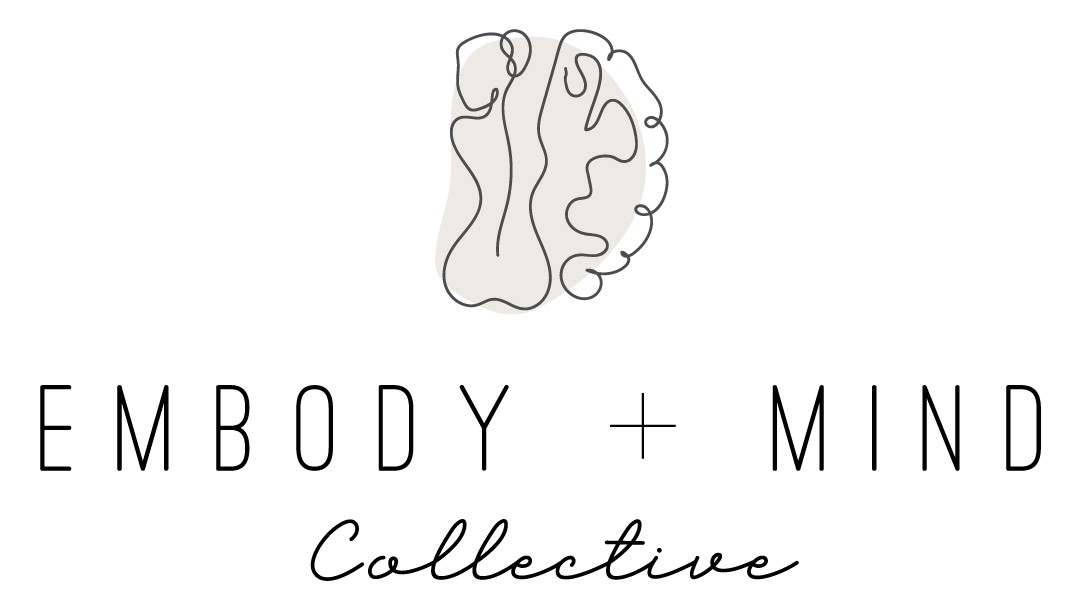What is Art Therapy? It's Not Just for Creatives.
By: Shaye Mueller
Nearly every time I tell someone that I am an art therapist, people ask “what exactly is art therapy?” So, I give my elevator speech about my job that I have given many times before. This is almost always followed by some form of push back. Common lines I hear include: “That sounds amazing, but I’m no artist” or “I could never do that, I can barely draw a stick figure!” I smile and nod because I am used to hearing this. Over time, I have pondered why people are so adamant to distance themselves from art therapy. And I have come to realize that the majority of excuses people give are related to self-doubt. This is likely because we have received messages from the world around us that in order to do art therapy, you must have some level of creative or artistic skill. This could not be farther from the truth!
I want you to take a moment and think about what art is to you. Try and define it. You might start by saying that art is a drawing, painting, or sculpture. You may say that art is what they put in museums. Maybe you define art as something tangible that you can hold. But I guarantee that the harder you think about what art truly is, the more ambiguous its definition will become. This is because art cannot be defined as a physical thing. The spirit of art does not just live in what is created. The spirit of art is also the action of expressing oneself. In addition, it can be a language or tool to facilitate self-expression. Art is an act of creation.
Self-expression allows us to feel seen and understood not just by others, but ourselves as well. I believe that the warmth of feeling seen is a basic human need that every person deserves. So I ask you again- what is art to you? And why do we as humans feel the need to tell ourselves that it’s not for us? Unlearning what the world has taught us about who creative self-expression is for is a great first step in understanding my role as an art therapist.
What I wish people would understand about art therapy is that it’s not just for self-proclaimed “creatives.” Art therapy is for all who wish to express themselves beyond words. In fact, artmaking has been found to engage separate parts of the brain other than just talking! This is exciting because it offers art therapists the ability to engage with the brain differently than other therapeutic interventions.
With that, you’re probably wondering what exactly does that look like in session? Well it typically begins just like any therapy session- introductions, paperwork, and building trust. From there, art therapists pull on the unique characteristics of art to help facilitate healing. How art therapists do this typically falls into two camps: The first camp is art as therapy. In this camp, therapists understand the process of artmaking as inherently therapeutic. The second camp is art with therapy. In this camp, therapists see art as an adjunctive intervention to the standard talk therapy session. By this definition, art is used with talk therapy to aid clients in verbalizing parts of themselves they previously found difficult. Art therapists incorporate both camps into their work with clients.
In session, an art therapist will likely facilitate art directives that are relevant to the client and aid the client in choosing appropriate materials for them. Therapists also help the client find meaning within their creations and guide them through expressing their creation with the therapist. Alongside their clients, art therapists help clients find the courage to seek insight, find relief from overwhelming emotions, and build the confidence to create their stories in their own image.
Art can be intimidating because we have been told that it is unattainable or for the elite. But if we can break free of the limitations that the world has taught us about art, we can create additional pathways for expression in our own lives. As humans, we never lose our abilities to be creative. But sometimes, we may lose touch with that side of ourselves. Art therapy is one avenue for you to connect with the parts of yourself that may just be the gateway to your healing! If you are interested in learning more or these words resonate with you, please contact me and we can talk further! I look forward to hearing from you.
Warmly,
Shaye
